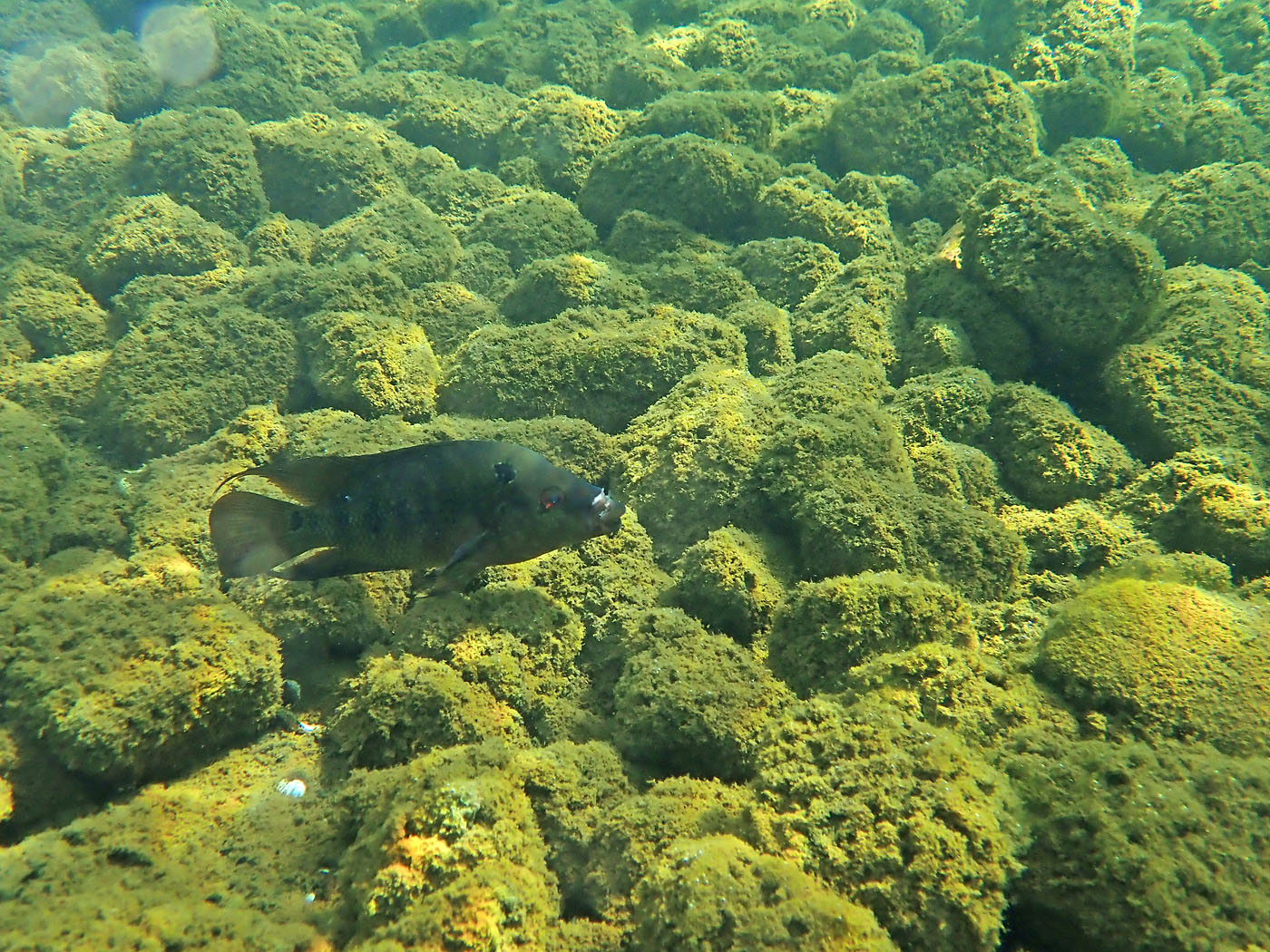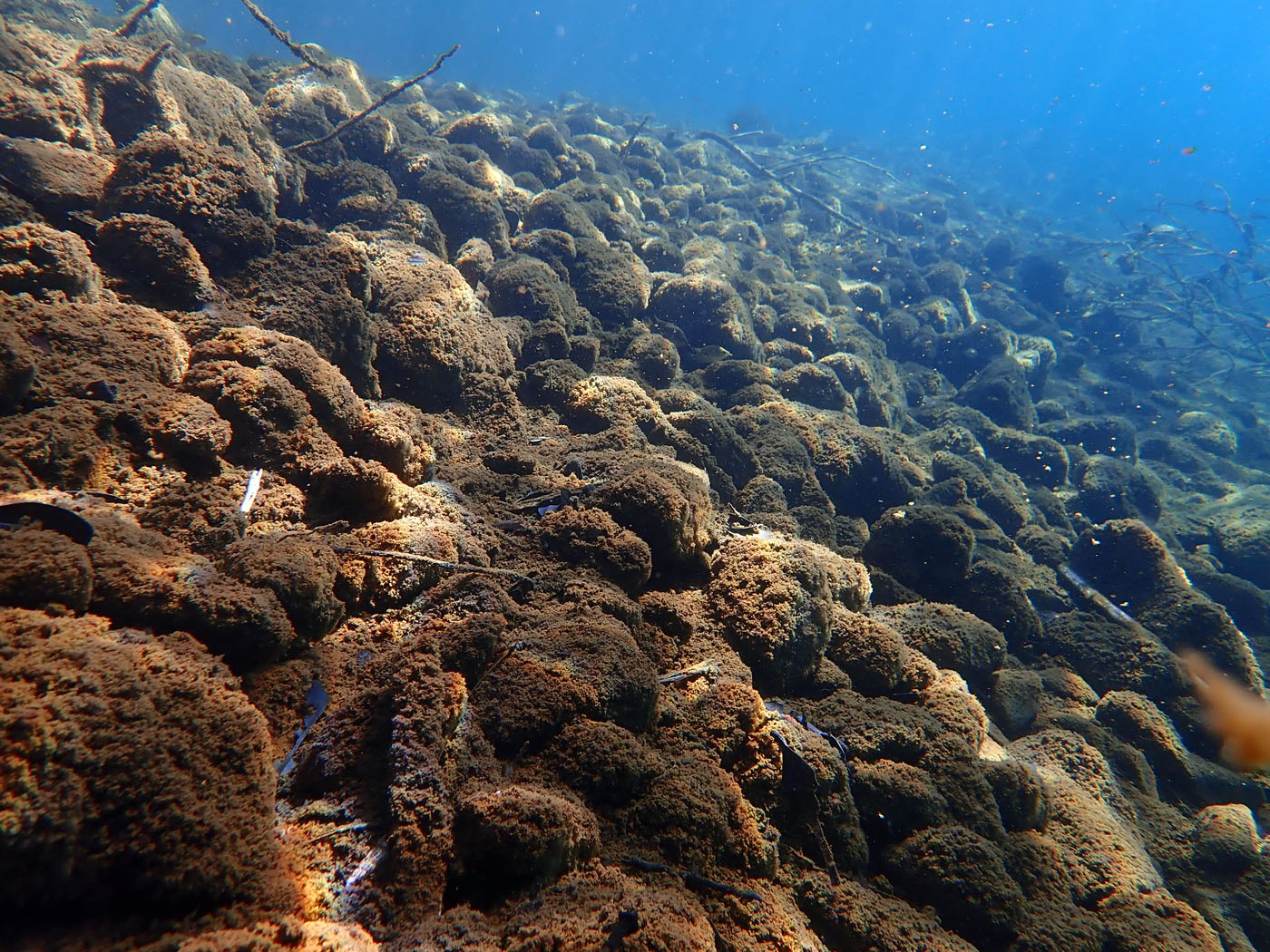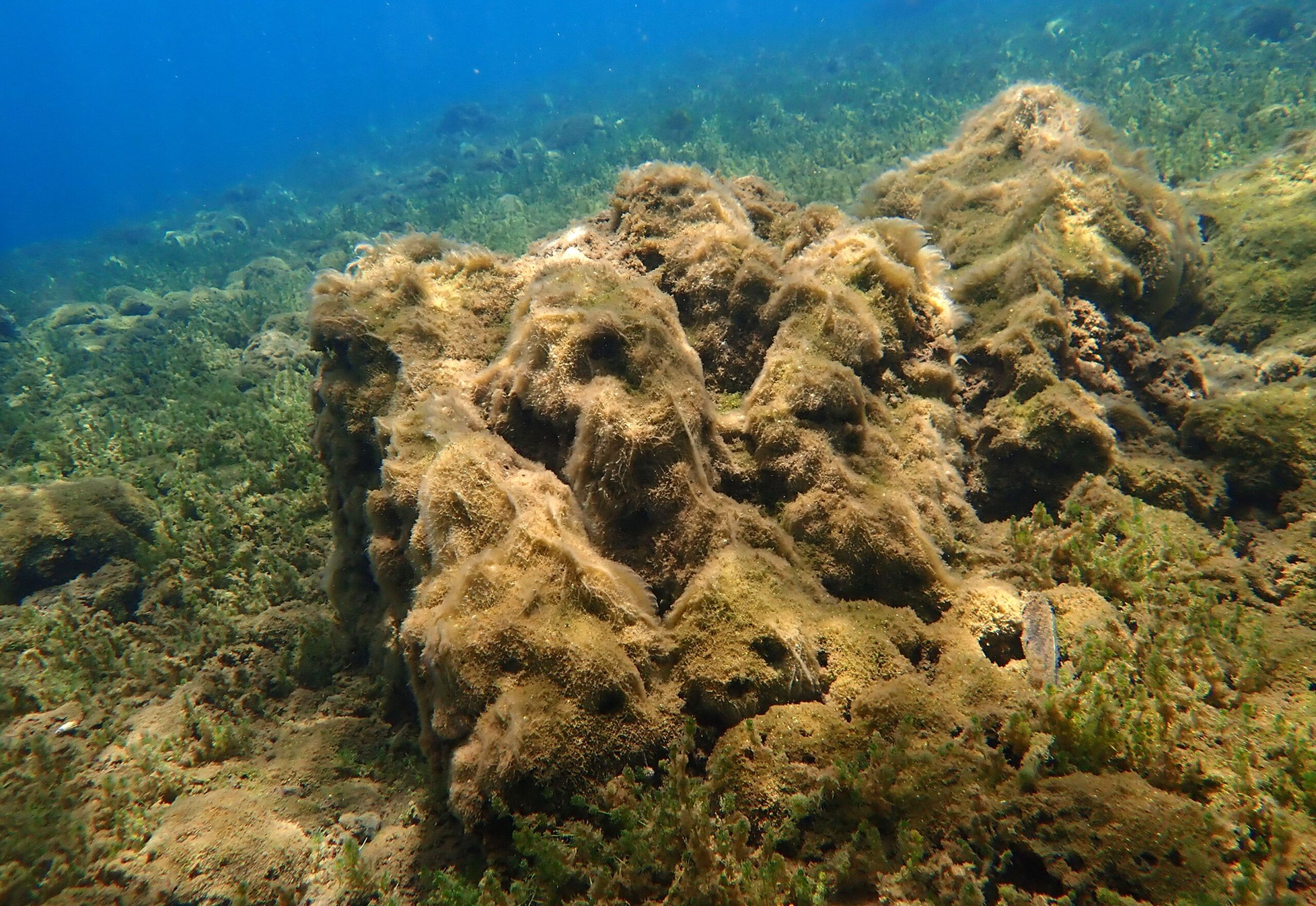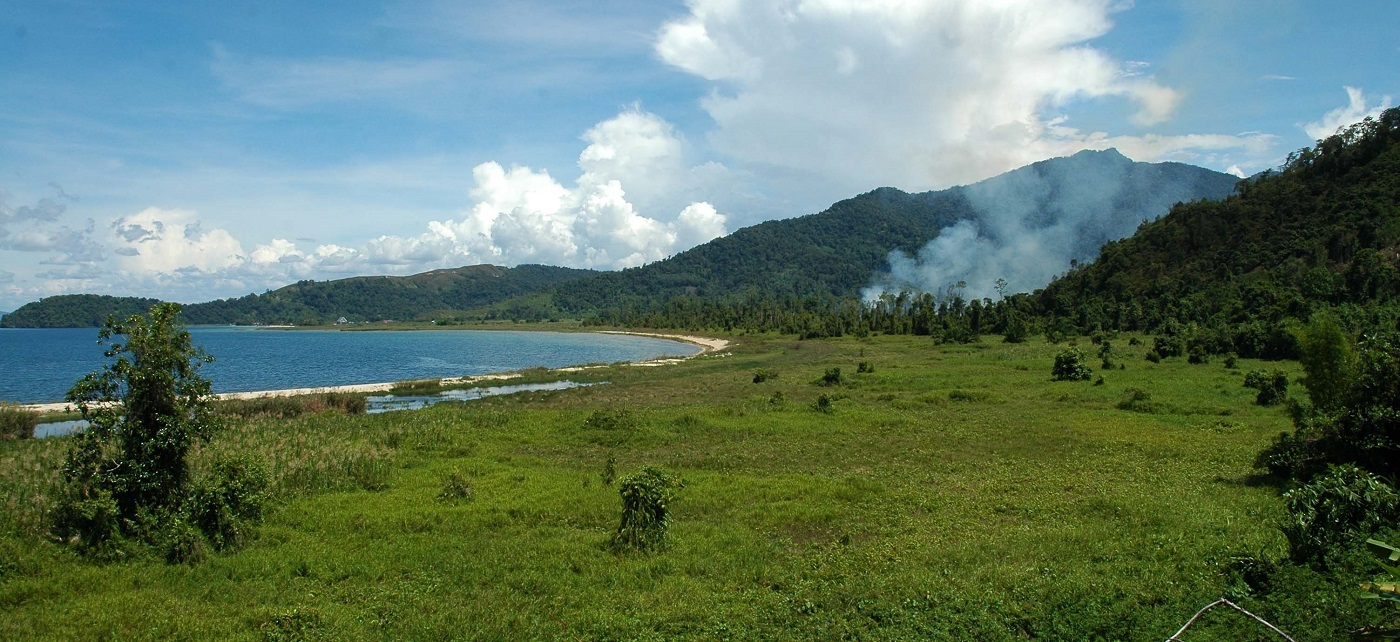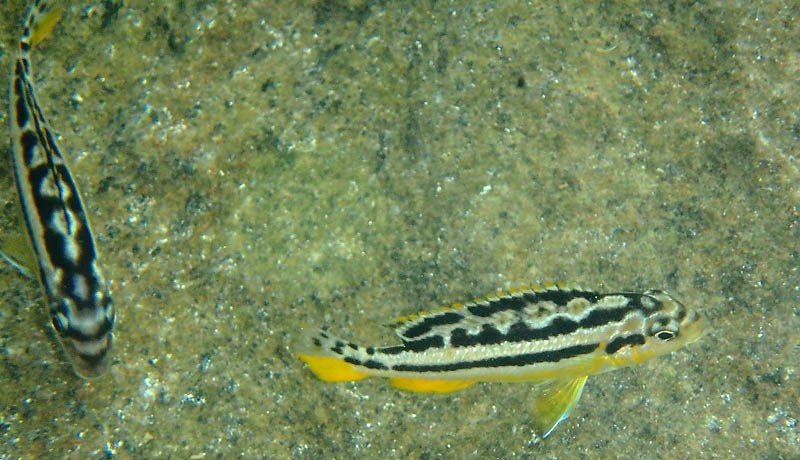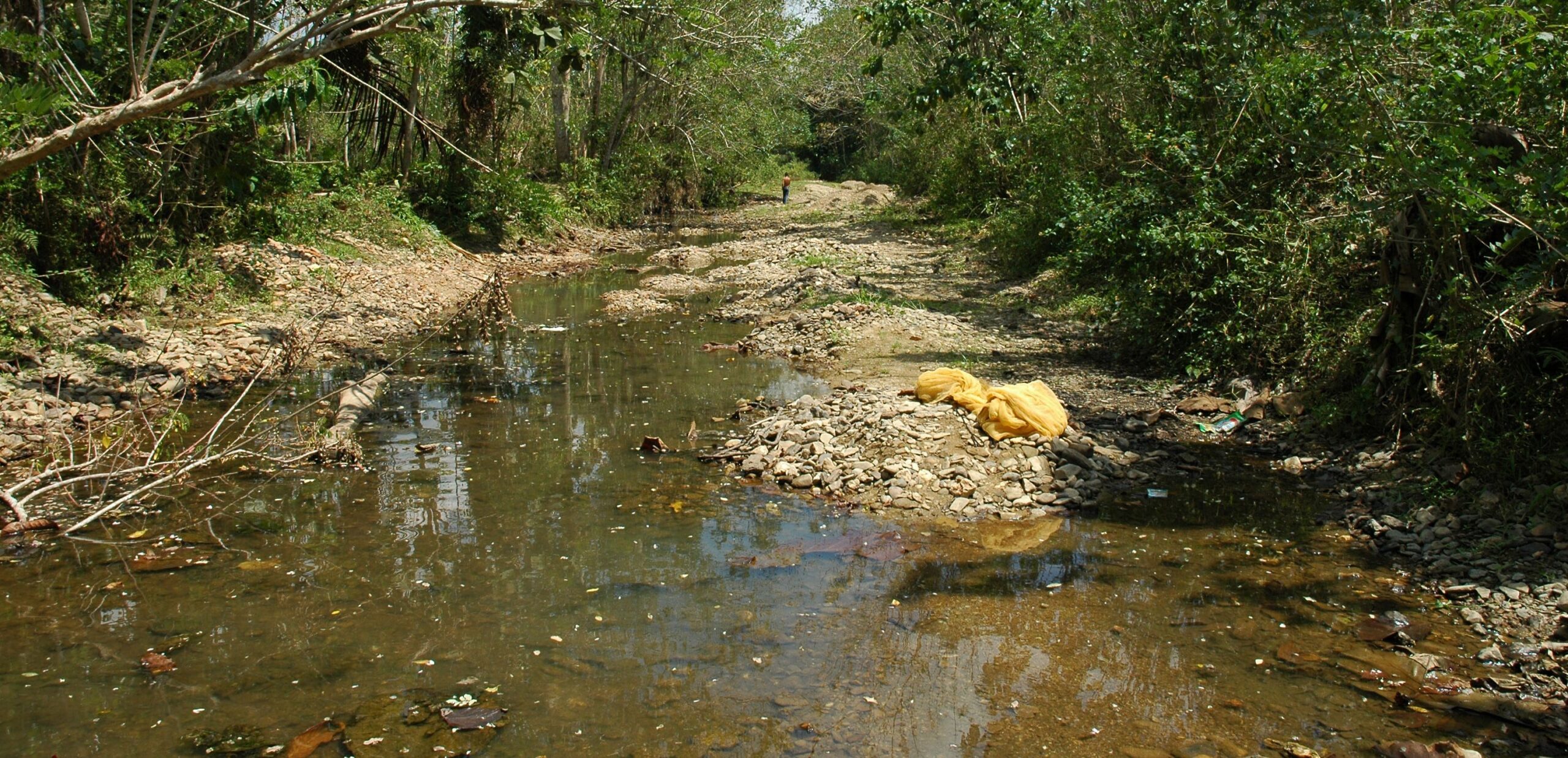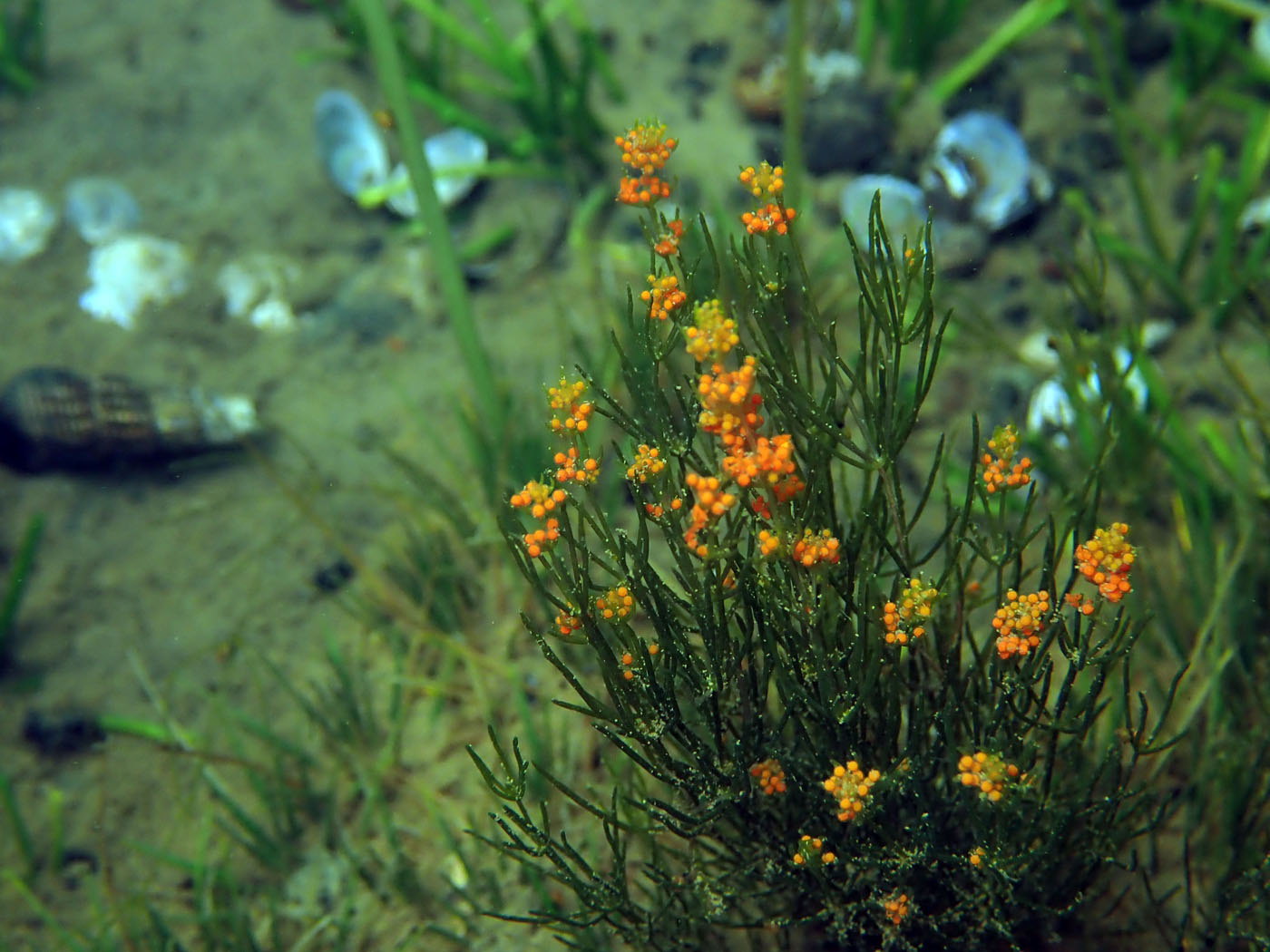The ichthyofauna of Sulawesi is still not fully explored and it is a race against time before so many yet unknown unique species may vanish from this planet due to the massive human impact on the environment.
Hans-Georg Evers, Sulawesi Keepers' expert
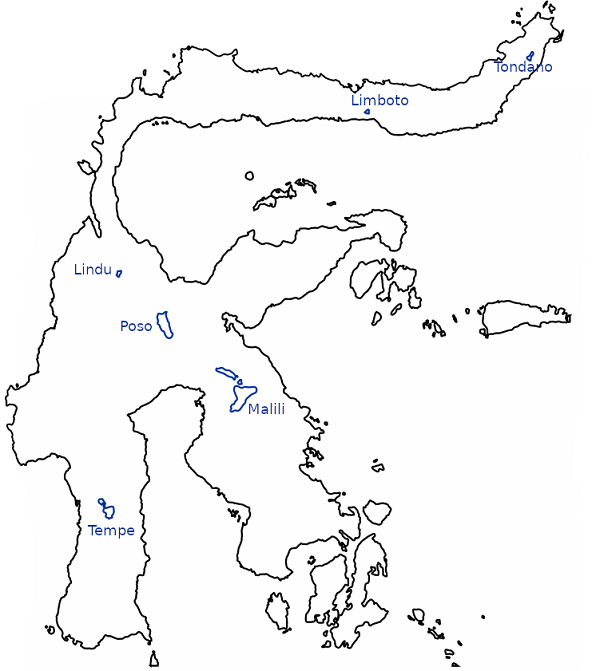
Map of Sulawesi with major lakes
Threats to the Malili Lakes
The Malili Lakes suffer from multiple threats: the biggest problem is likely to be the widespread invasive Flowerhorn cichlid. This species causes shrimp and snail populations to decline, with the smallest snails disappearing completely as this invasive fish spreads. Lake Matano was the first lake to suffer from the Flowerhorn, but now it migrates through the connecting waterways to other lakes. The fish is predatory and we are afraid that the tiny snails of the endemic Sulawesidrobia genus may already be extinct. And not just them.
Another major problem is the fragmentation of the biotope – several dams and gates along the river draining the Towuti Lake have separated subpopulations of fishes. These constructions also affect the natural fluctuations in the water level. Nickel mining affects water quality, the extent of which is unknown. Deforestation and other developments around the lakes cause an increased siltation and sediment deposition, which leads to severe degradation of the biotope – loss of hard surfaces and aquatic plants.
Algae cover spreads in areas of lakes where it was previously absent. This may be due to the predation of (algae eating) shrimps by the invasive Flowerhorn cichlids or due to the increased levels of nutrients in the water (eutrophication). We don't know enough facts about these aquatic habitats, but we do know that things are going in bad directions very quickly!
Threats to the Lake Poso
Another huge hydroelectric dam is currently being built on the Poso outflow, which will affect aquatic life and even more the livelihood of 200,000 people who live around the lake. Local communities are organizing to protest against this half-finished project. In addition, the lake is affected by decreased water quality, sedimentation and exotic fish species (at least 17 confirmed so far: Oreochromis cf. mossambicus, Channa striata, Clarias sp., but also popular aquarium fish like Poecilia reticulata, Maylandia estherae, Melanochromis auratus, Colossoma macropomum…).
Other lakes and rivers
Freshwater life of Sulawesi is not limited to these two ancient lake systems. Other lakes and rivers face serious threats due to growing human pressure: water loss, deteriorating of water quality, declining habitat diversity, increased pollution and sedimentation, and (again!) exotic species. There are many interesting endemic species of fish and invertebrates that are threatened with extinction.
How can we combat these threats?
Our strategy focuses on:

